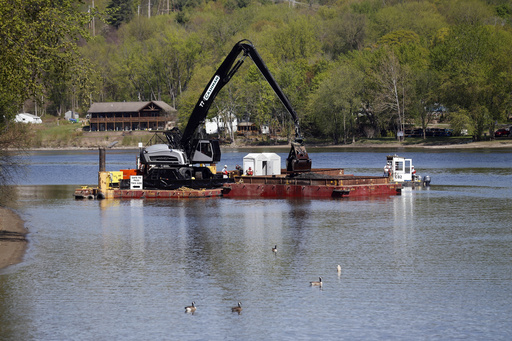
Federal environmental officials announced on Wednesday that further data collection is necessary from the Hudson River to assess the effectiveness of a six-year dredging effort completed in 2015 to address pollution. The U.S. Environmental Protection Agency (EPA) unveiled a preliminary evaluation on the removal of polychlorinated biphenyls (PCBs) from a 40-mile section of the river north of Albany. While PCB levels in water and fish have decreased overall, the EPA indicated the need for more fish data to evaluate the success of the cleanup per initial expectations. EPA Regional Administrator Lisa F. Garcia mentioned in a statement that additional data will be gathered in the coming years to establish reliable trends. If the fish data suggests an inadequate recovery pace, corrective measures will be taken.
General Electric conducted the removal of 2.75 million cubic yards of contaminated sediment from the riverbed as part of a Superfund agreement with the EPA. The $1.7 billion endeavor aimed to eventually permit the consumption of fish from the river without health concerns. PCBs, identified as likely carcinogens, were discharged into the river by GE facilities, surpassing 1 million pounds until the mid-1970s, before being banned in 1977 due to their application as coolants and lubricants in electrical machinery.
Although the EPA refrained from definitive conclusions due to the current stage of assessment, environmental activists and elected representatives have contended that existing evidence indicates a shortfall in meeting the cleanup’s objectives and advocate for additional measures to be implemented.
